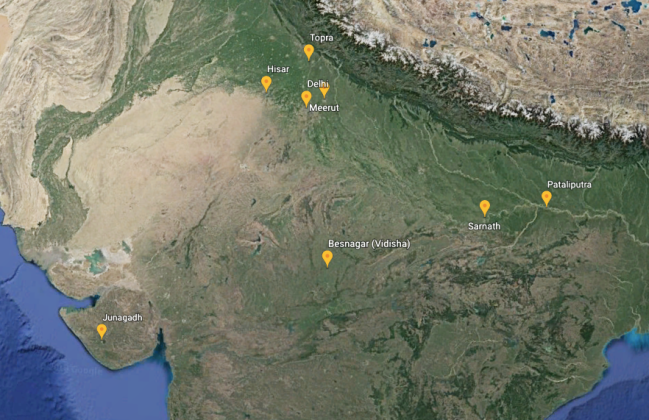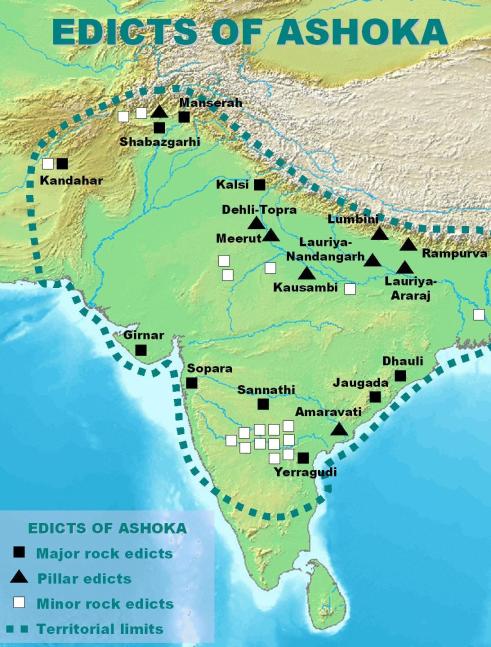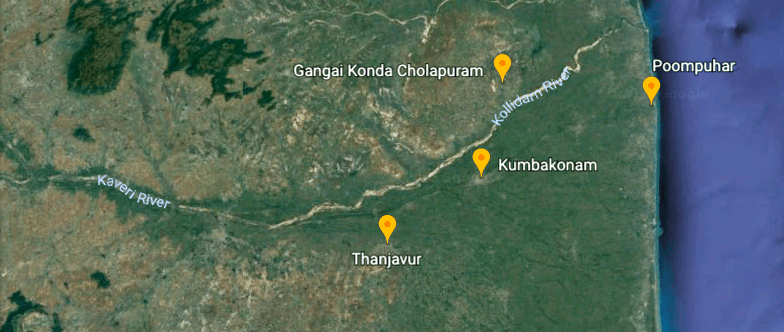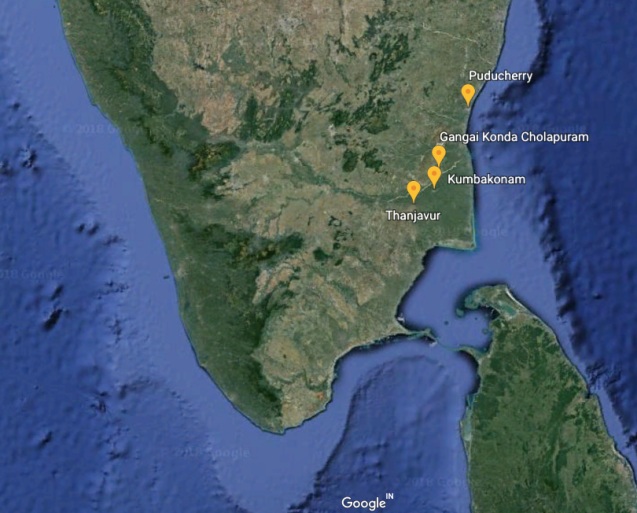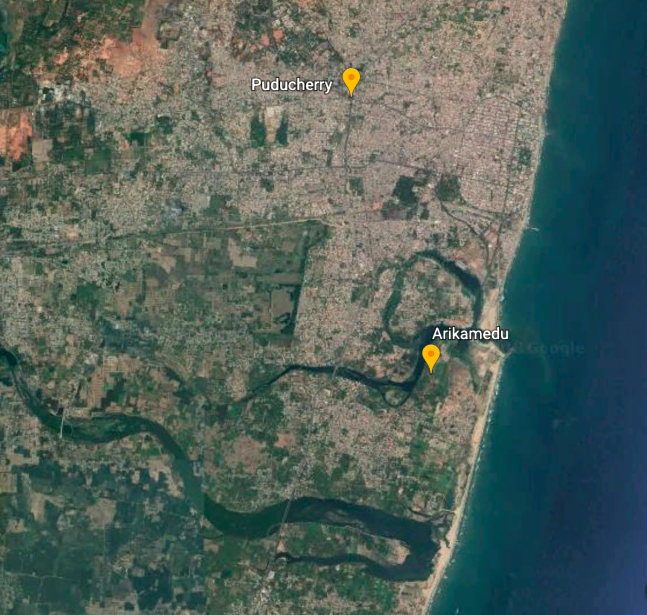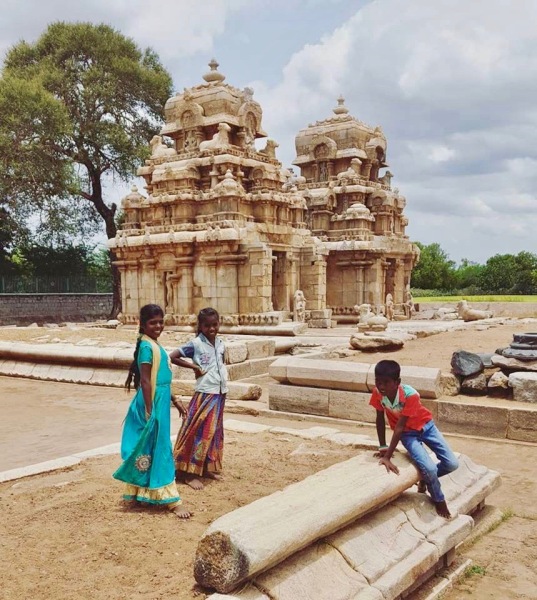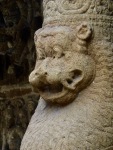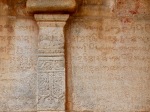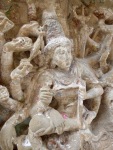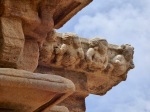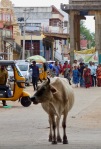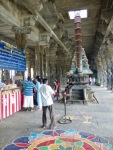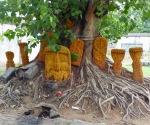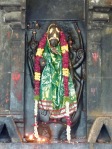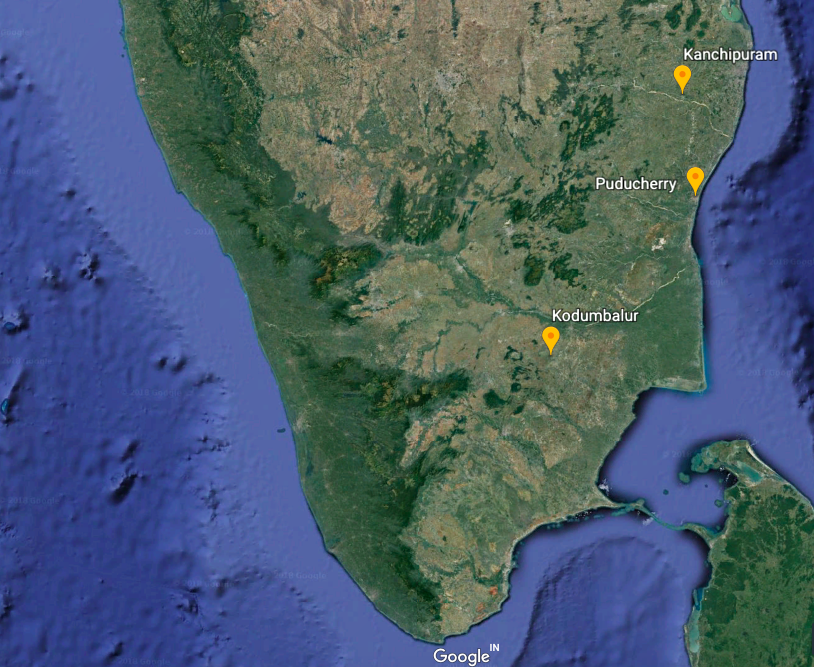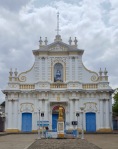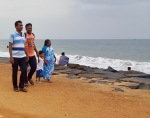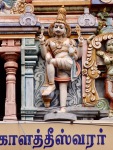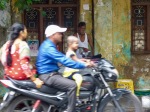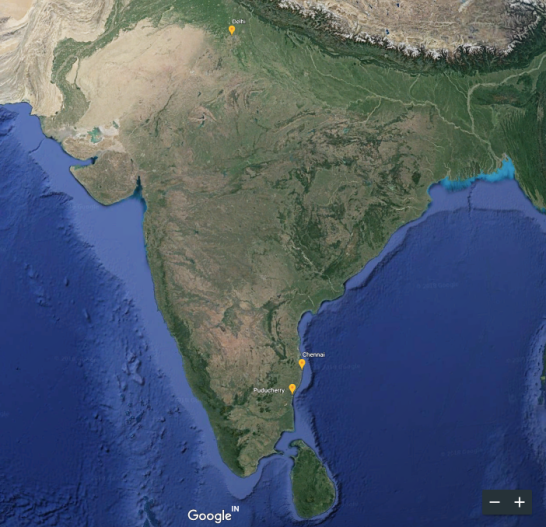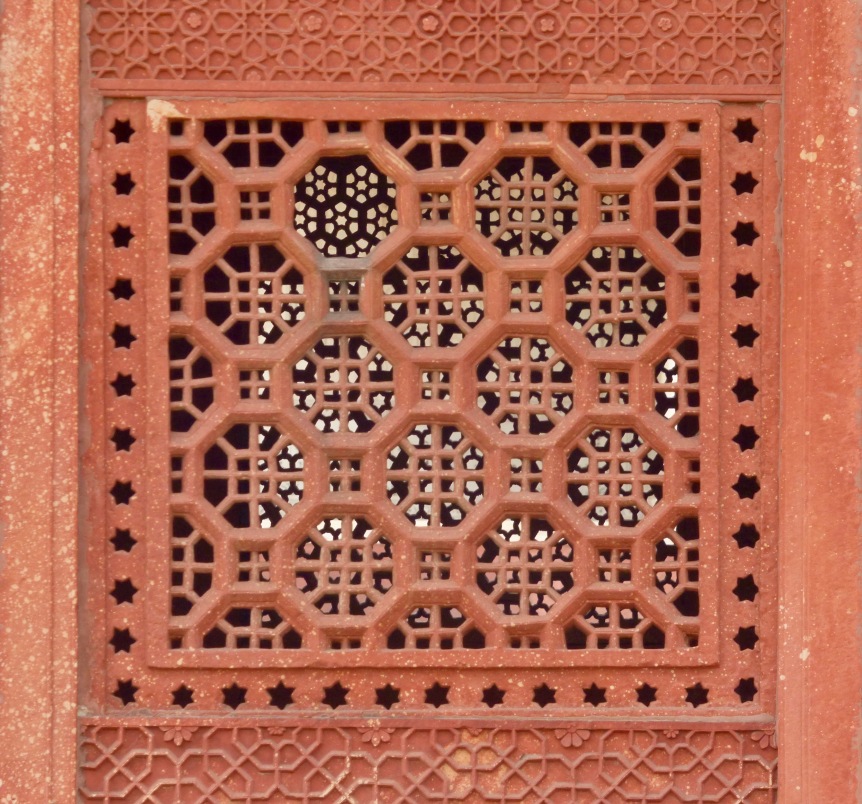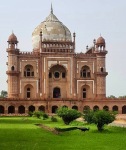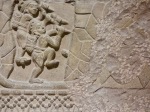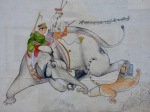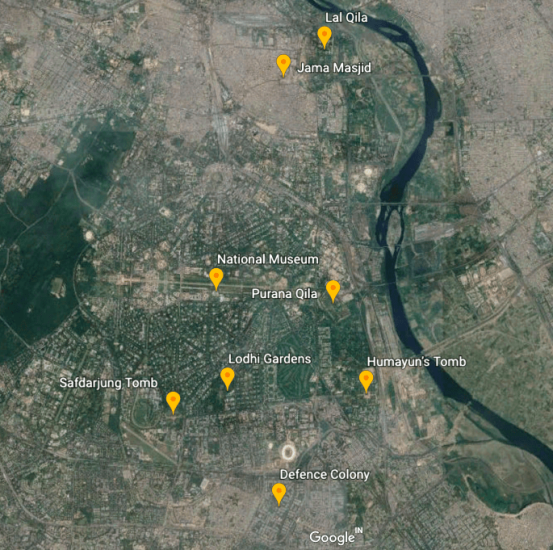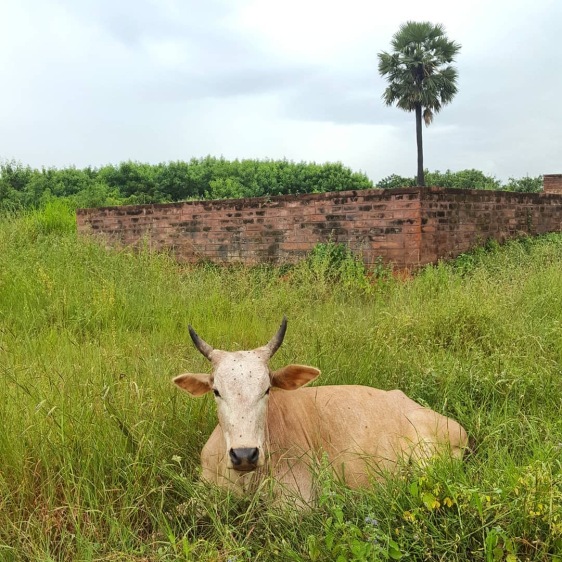
Happy Diwali! I write from the Deccan city of Pune, amidst the persistent crackling of fireworks during the holiday season. I am here primarily to conduct research at the American Institute’s outpost at Deccan College, but in my limited free time, I have enjoyed walking the city’s streets, shaded by banyan and peepal trees, and exploring its eighteenth-century wadas. I am staying with a lovely host family in Karve Nagar, a quiet neighborhood removed from the activities of downtown.
I should start with an apology to avid readers and an explanation for my recent lack of posting. Since my last post one month ago, I have been nomadic: I conducted site research in Andhra Pradesh, finished up my work in Pondicherry, hop-scotched across the subcontinent with stops in Hyderabad and Bangalore, met with academics in Mumbai, and finally, moved to Pune. I traveled by car, bus, train, plane, boat, and on occasion hitched rides on motorbike or flatbed rickshaw to get to forgotten sites. It has been a whirlwind of travel, often without stable internet access—what precious streams of bandwidth I could find were spent up in conversations with loved ones and uploads of application materials.
From top-left: Votive stupas, Lingalakonda, Sankaram; goat-trail to the top of the hill, Pavurallakonda; ferry to Nagarjunakonda island; Charminar, Hyderabad; monkey eating blossoms, Undavalli caves; relief above main cave, Bojjanakonda, Sankaram.
Only now, during the weeklong holiday of Diwali, have I had the luxury of self-reflection, the privilege to collect my thoughts and share them with readers. To catch us up, I’ll start with the two weeks in October during which I trekked to Buddhist sites in Andhra Pradesh and Telangana: Bavikonda, Thotlakonda, Pavurallakonda, Sankaram, Amaravati, and Nagarjunakonda. I’ll turn to my more recent investigation of cave sites in Maharashtra in the next post.
* * *
Buddhism took hold in Andhradesha quite early, almost immediately after Ashoka erected an inscription at Amaravati in the third century BCE. Massive stupas, tumuli which housed relics of the Buddha, still dominate the kondas, the hills of Telugu country. Smaller votive stupas sprouted up around the encased remains of Shakyamuni Buddha, carved out of rock or else surrounded by curved walls in chaitya halls of veneration. Some rock-cut caves and cisterns are to be found, but much of the architecture consists of the earthen-brick cubicles of monastic residences, or viharas; in the case of Amaravati and Nagarjunakonda, builders dressed the rust-colored masonry with expertly carved limestone. These complexes lasted well into the Common Era, to the delight of Chinese pilgrims seeking the source of their faith. Dozens of later votive stupas on Lingalakonda lean toward the older sites on neighboring Bojjanakonda at Sankaram, reaching toward the radiating sanctity of the original stupa and its relics.
These monasteries benefited from the wealth of coastal trade, as well as that which traveled across the subcontinent along the Krishna and Godavari rivers. Hiking up to the top of Bavikonda, Thotlakonda, and Pavurallakonda, on faded paths lined by purple and yellow wildflowers, gives you a sense of how these sites commanded the harbors and hamlets of the coastal plain. Not much of Amaravati or Nagajunakonda, the major Buddhist centers along the Krishna River, survive to the present: the former saw its reliefs scattered to the winds by the ravages of colonial archaeology; the latter fell beneath the rising tide of the Krishna after the construction of a nearby hydroelectric dam. Fortunately, both sites possess museums which preserve many of their treasures from antiquity.
From top-left: Main stupa and votive stupas, with viharas in foreground, Thotlakonda; chaitya hall with votive stupa, Bavikonda; rock-cut cistern, Pavurallakonda; remnants of stupa and limestone railing, Amaravati; votive stupas with Bojjanakonda in the background, Lingalakonda, Sankaram; interior of minor cave, Sankaram; interior of major cave, Bojjanakonda, Sankaram; Roman silver coin found at Thotlakonda, Visakha Museum, Visakhapatnam; relief of couple with wine goblet, Nagarjunakonda.
By virtue of their strategic positions near coastal and riverine emporia, these sites attracted western products as much as they did worshippers. Most of the Andhra sites have turned up at least one Roman coin in the course of their excavation; others stand in the vicinity of large recorded deposits of Roman money. A massive hoard of early silver denarii and imitations was discovered at Akkanpalle in 1959, which lies in the shadow of the monasteries of Sankaram. Nagarjunakonda yielded a veritable diversity in Roman coins and imitations; in a particularly miraculous find, excavators unearthed a pierced Roman aureus depicting the empress Faustina along with other golden beads of various shapes, the components of a nishka necklace. The sculptural reliefs from the stupas at Nagarjunakonda depict couples drinking from goblets, satisfying their appetite for Mediterranean wine.
Sankaram provided my first experience with deeper caves—the ones I have encountered thus far have had large openings and shallow chambers, easily filled by daylight. At the first approach of the uninitiated, the pitch-black inner cells inspire a primal terror, one that arises from the bereavement of the senses and the fallacy of misrecognition. Serene faces of stone (and the occasional drowsy bat) startled me as I stumbled through the darkness. In pursuit of the sensory experience of these spaces, I faced my fears, dimming my headlamp and spending time deprived of sight on stone beds. As your eyes and other senses adjust, the carved environment comes into comforting focus. Occasional breezes fill your nostrils with the scent of wild herbs; only the far-off cries of goatherds and acquiescing bleats break the silence of the hilltop. You begin to feel the power of the deep in the pursuit of spiritual liberation.
* * *
The trip to Andhra Pradesh and Telangana was a spontaneous arrangement—in my original proposed project for the AIIS, I had hoped to visit Nagarjunakonda at the very least, but anticipated that I would spend more time with the Roman coins in Chennai. When I finished my work in Chennai ahead of schedule, I hastily planned a larger research trip with additional sites. I was grateful to meet many individuals involved in the study of this region along the way, whether at Hyderabad University or small archaeological museums. The museum at Kondapur, an inland site about 80 km from the heart of Hyderabad, has an impressive collection for its size; the site also turned up Roman coins and imitative clay pendents in recent excavations, but it almost never features in academic discourse.
Itinerate research takes its toll. Travelling on a budget and the frequent lapses of public transportation in India limited what I could accomplish and left me physically drained. As I spoke with local experts, I learned about newer, unpublished excavations, some of which I could fit into my schedule, but many I could not. In some cases, petty museum staffers seemed to relish denying a foreign researcher access to finds, despite the fact that I had obtained the necessary permissions from government agencies. Other institutions were beyond generous with their time and support. I felt very welcome by the Nagarjunakonda Museum director, who granted me access to the inscriptions in storage which I needed to consult. I also received the rare honor to see the Buddha’s tooth, the relic of Nagarjunakonda, which to this day remains in nested reliquaries along with blossoms of silver and gold.
From top-left: Limestone facing depicting veneration of the Buddha’s seat, Amaravati; large bull, Amaravati Museum; ayaka pillar inscriptions, Reserve Collection, Nagarjunakonda; clay bullae pendants based on Roman coins, Kondapur Museum; ivory figurine wearing bulla necklace, Kondapur Museum; couple with parrot, Nagarjunakonda Museum.
It was difficult not to become frustrated in the face of some of these setbacks, especially when hounded by persistent exhaustion and the stresses of applications. With a few weeks of distance, I can now look back and be very pleased with how much I accomplished in 11 days, whether it be the professional connections that I made or the material culture I intimately studied. Stupa-hopping has strengthened my conviction that the eastern Deccan, Krishna River Delta, and coastal Andhra Pradesh were areas of intense economic activity in antiquity, worthy of the prominent place they hold in my dissertation.
* * *
Since moving to Maharashtra at the end of October, I have turned my attention to ancient Buddhist cave sites and their inscriptions. So far, I have visited Kanheri, Karle, and Bhaja, along with the later Hindu caves at Mahakali, Jogeshwari, and Elephanta Island. I have a few more days in Pune at Deccan College before I make my way north to Nasik, where more caves and coins await me. More to come!
Written from Karve Nagar, Pune
N.B. All photos are by the author unless otherwise noted. Special thanks to the ASI Amaravati Circle Director and Nagarjunakonda Museum staff for allowing me to take photographs of finds from Nagarjunakonda and Amaravati.
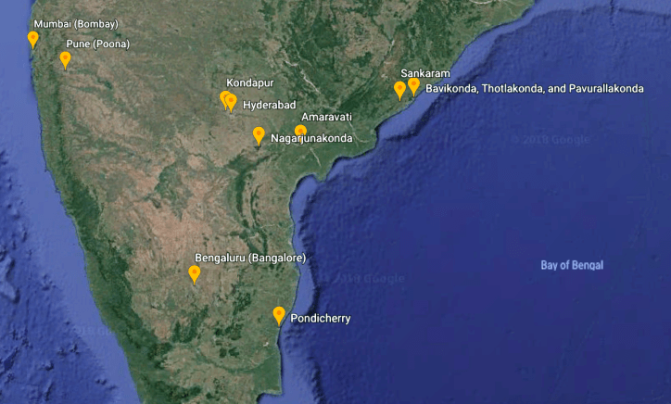






















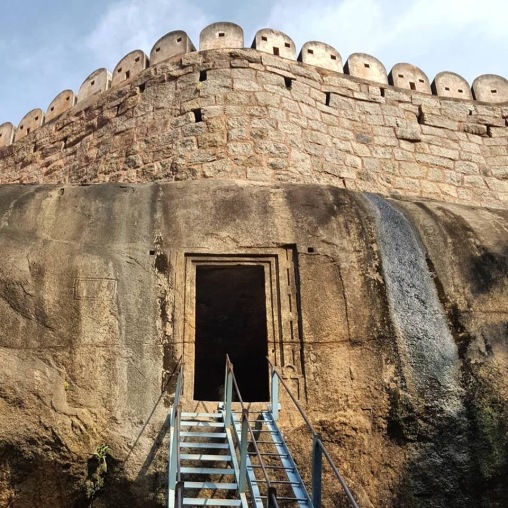





























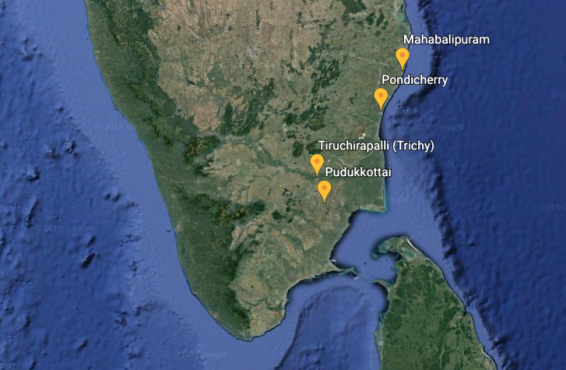
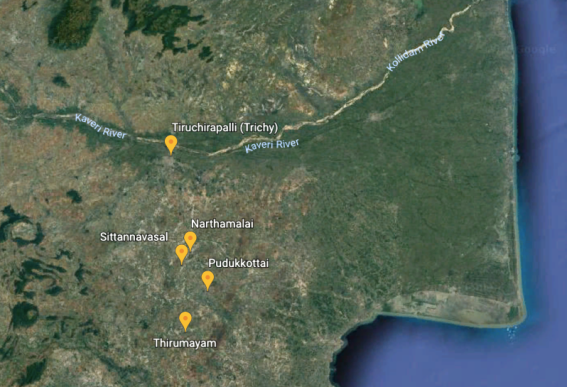
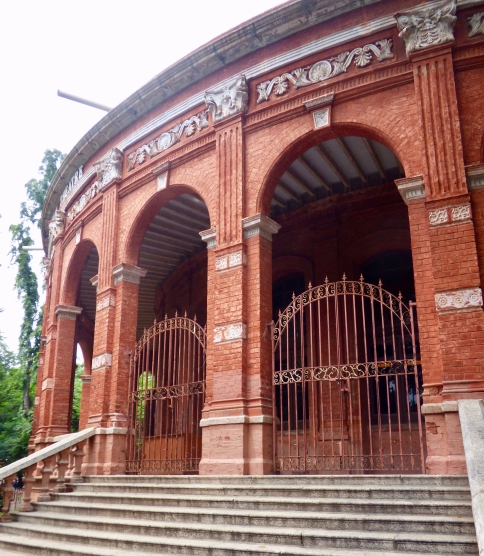























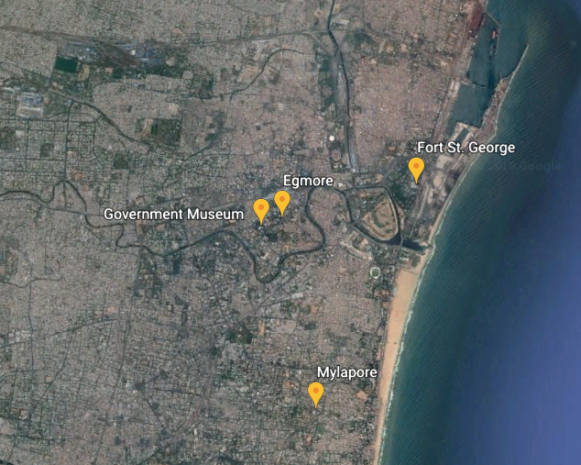
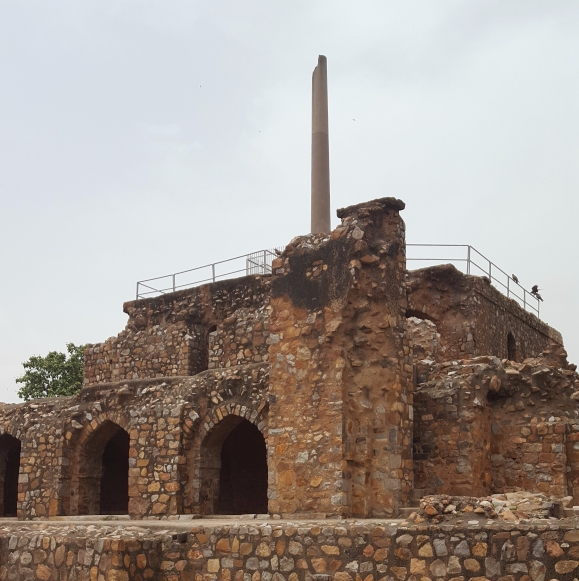







![019WDZ000000709U00000000[SVC2]](https://followingthemonsoon.files.wordpress.com/2018/09/019wdz000000709u00000000svc2.jpg?w=648&h=439)








